Clarion’s Confer Sees Pent-Up Demand Driving Warehouse Occupancy
As users rebuild inventories, the need for space remains unquenchable.
COVID-19 restrictions that helped fuel an unprecedented surge in online sales and subsequent demand for warehouse space are winding down, but Clarion Partners remains bullish on the industrial sector. To find out why in February CPE spoke to David Confer, a Clarion managing director and portfolio manager who oversees the firm’s North American industrial strategy from his Dallas office. At of the end of 2021, the New York-based investment manager held 876 industrial assets in the U.S., Canada and Mexico valued at $34.1 billion.
Two years into the pandemic, why are industrial assets still in demand by investors?
The pandemic created millions of first-time online buyers in a matter of months, and many have grown accustomed to the convenience of online shopping. The pace of U.S. ecommerce sales has dramatically increased, resulting in more than $190 billion of extra online spending since the second quarter of 2020. That unexpected surge has translated into about 190 million square feet of warehouse occupancy. Online sales now account for about 20 percent of total core retail sales–up from about six percent in 2010–and could grow to around 30 percent by 2030.
Additionally, the synchronized recovery in global demand and ongoing supply chain disruptions have driven the inventory-to-sales ratio to a record low. As a result, we are witnessing a “great inventory rebuilding” and demand for space that far exceeds supply, which has led to an all-time low vacancy of 3.2 percent in the U.S. Looking ahead, the rebuilding of inventory, the continued development of modern e-commerce infrastructure, historically strong market fundamentals, and high replacement costs will continue to drive growth within the logistics industry. Clarion Partners is optimistic about the near and long-term appreciation and income growth potential for well-located, high-quality industrial investments.
In what markets are you most interested these days, and what would you say are the biggest opportunities (large bulk warehouses, last mile etc.)?
We generally prefer port markets and large inland industrial markets that are critical to the supply-chain distribution network. These include Southern California, the New York and New Jersey metro area, eastern Pennsylvania, Las Vegas, Dallas, Atlanta, Nashville, and central Florida. While smaller light-industrial warehouses that typically serve regional and last-mile distribution and big-boxes, which largely serve the middle or first-mile, have both performed well, we believe that warehouses located with proximity to large population centers are particularly attractive.
These markets are relatively supply-constrained, supporting potential above-average rent growth over the long term. They also provide quick access to customers and labor, and we have found that tenants are willing to pay a premium for these strategic sites. It takes a roughly 8 percent increase in fixed facility costs to equal the impact of a 1 percent increase in transportation costs. Therefore, it can be a wise trade-off for businesses to spend more on facilities in order to save on shipping costs, which have recently spiked more than 60 percent above pre-pandemic levels. This is illustrated by the continued record of space absorption in many markets despite the surge in rents.
What gives you pause when assessing assets?
Obsolescence is often under-appreciated when making investment decisions. About 75 percent of total U.S. industrial inventory was built before 2000, and each day more assets become obsolete. Often these fail to meet the needs of today’s high-throughput and efficiency-focused users and are marked by inadequacies surrounding parking ratios, truck courts, clear heights and the number of docks. For this reason, we continue to upgrade the quality of our portfolio each year by holding assets that are most attractive to today’s users and selling older and less functional assets.
What are the challenges to acquiring assets?
After under-allocating to the industrial sector for years, institutional investors are now catching up. Without a meaningful allocation to industrial, it has been challenging for any real estate portfolio to outperform the NCREIF (National Council of Real Estate Investment Fiduciaries) Property Index over the past few years. Consequently, high-quality industrial deals on the market receive multiple bids, and pricing has become very competitive. Furthermore, it is becoming increasingly difficult and expensive to develop, especially in costal markets and infill submarkets. Land and construction costs have surged by 20 to 35 percent over the past 18 months. That just adds to the challenges already posed by lengthy entitlement and permitting processes, along with frequent local opposition.
Clarion’s latest research notes that businesses are implementing a “just-in-case” vs. just-in-time inventory strategy. What does mean and what impact it is having on the sector?
The rise of just-in-time inventory management over the last 30 years was characterized by a decline in inventory as a share of sales. The onset of the pandemic precipitated a rapid and unprecedented demand shock that interrupted normal business conditions, and many suppliers quickly scaled back production due to government restrictions or illness, leading to widespread inventory shortages and distribution delays. The global recovery underway has put immense pressure on the supply chain–while U.S. retail sales are 23 percent above pre-COVID levels, inventory in the U.S. is still more than three percent below January 2019 levels. This suggests that inventory would need to expand by that much to simply return to pre-pandemic levels and grow by additional 4 to 6 percent to return to pre-COVID growth trends.
Businesses may be compelled to increase inventories slightly higher to hedge against possible future disruptions, moving away from just-in-time to “just-in-case.” A lesson learned during the pandemic may very well be that the opportunity cost of losing a sale–or the profit that would have been made plus any repeat business–may outweigh the cost of carrying inventory. It is estimated that a 5 percent increase in business inventories is consistent with an additional 400 million to 500 million square feet of warehouse occupancy, which highlights the potential upside for future industrial demand.
What are potential downside scenarios that investors may not be thinking about that could alter the favorable supply and demand dynamic?
In January, U.S. inflation surged to 7.5 percent, the highest level since 1982. As industrial demand ultimately serves consumption, a pullback in consumer spending in response to rising prices would likely slow the take-up of warehouse space. Rising wages may also affect e-retailers such as Amazon, which sharply increased pay for warehouse and delivery workers during the pandemic. If e-retailers pass on the additional costs to end consumers through new fees for delivery and returns, consumers may decide to spend less online and more in brick-and-mortar stores. This is a potential risk to the overall consumer spending as well as ecommerce sales.


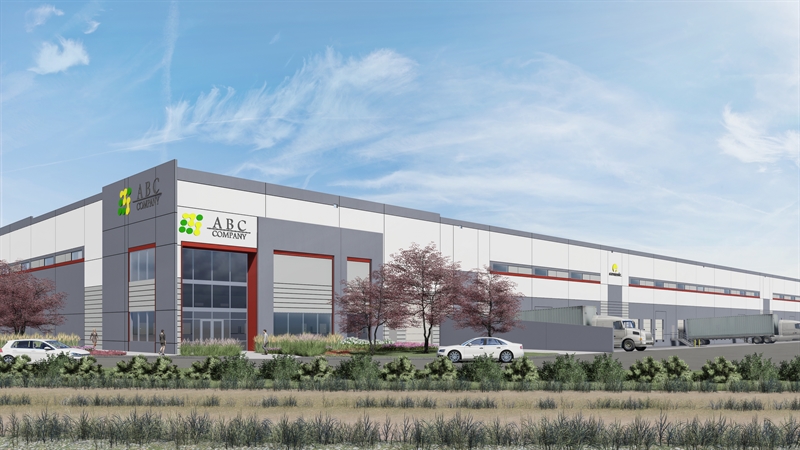
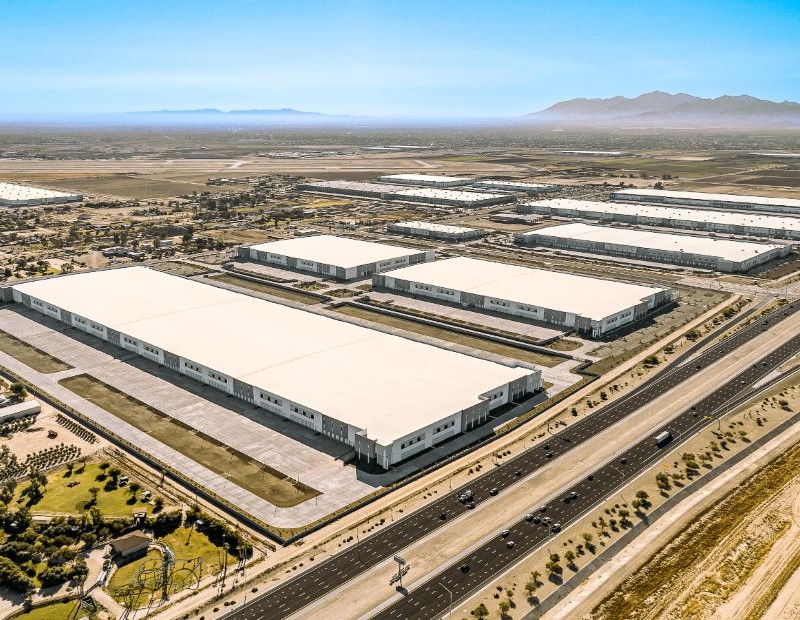
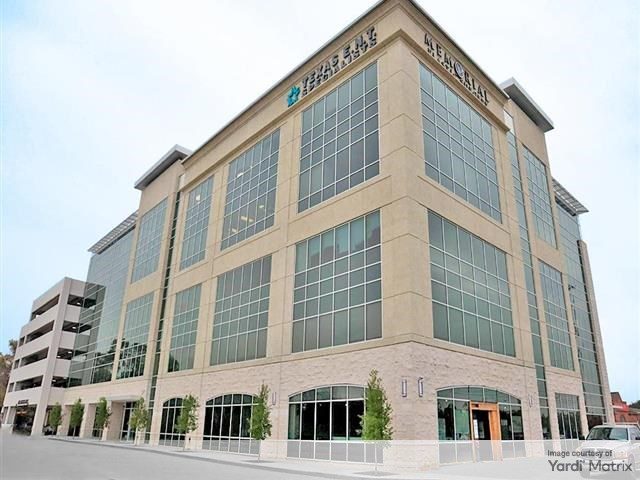
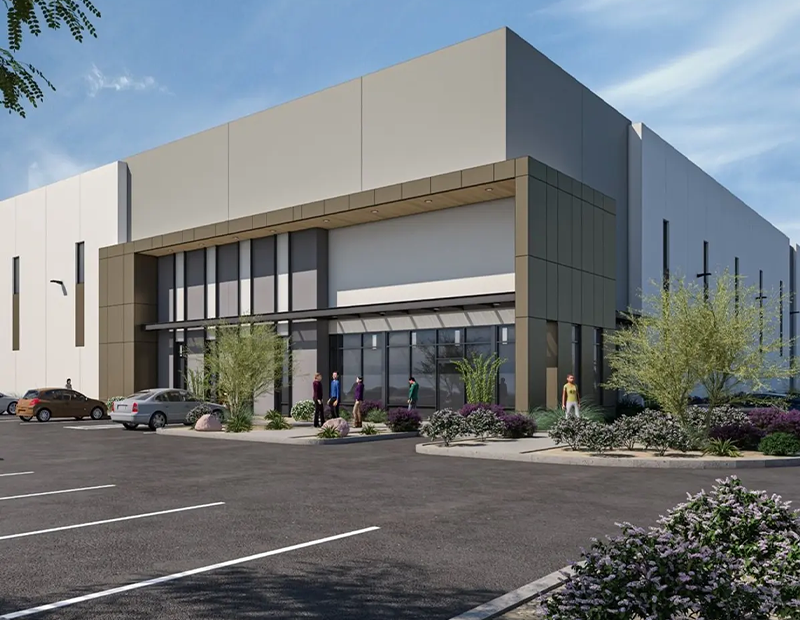
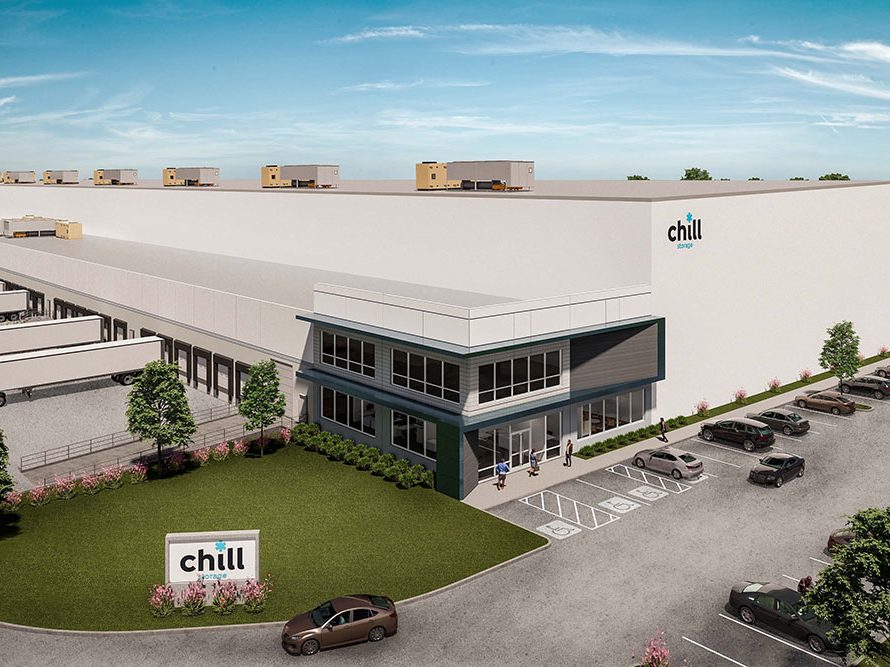

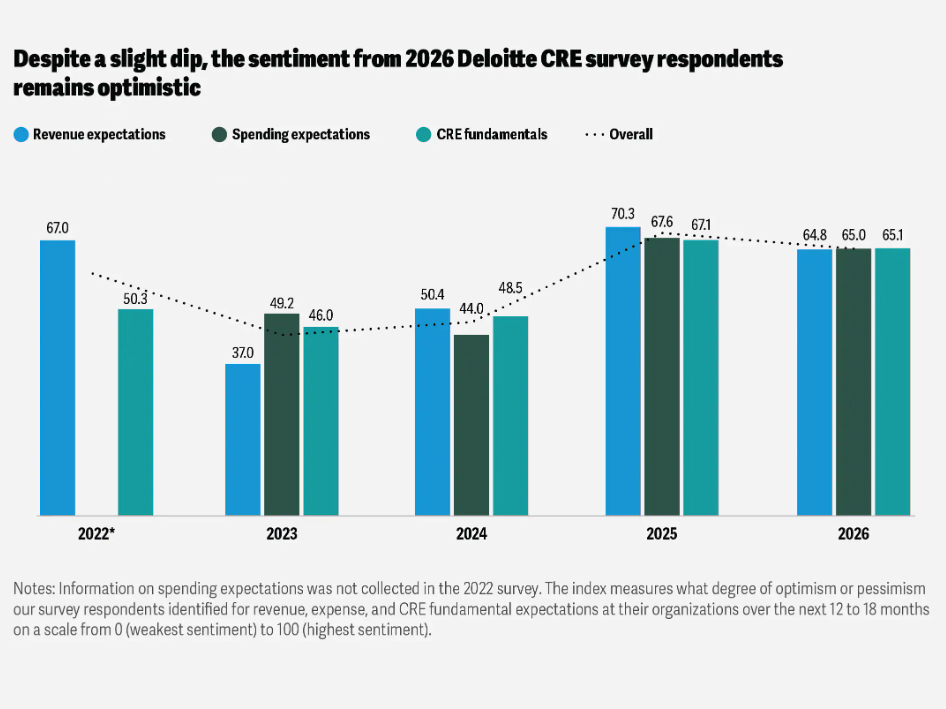

You must be logged in to post a comment.